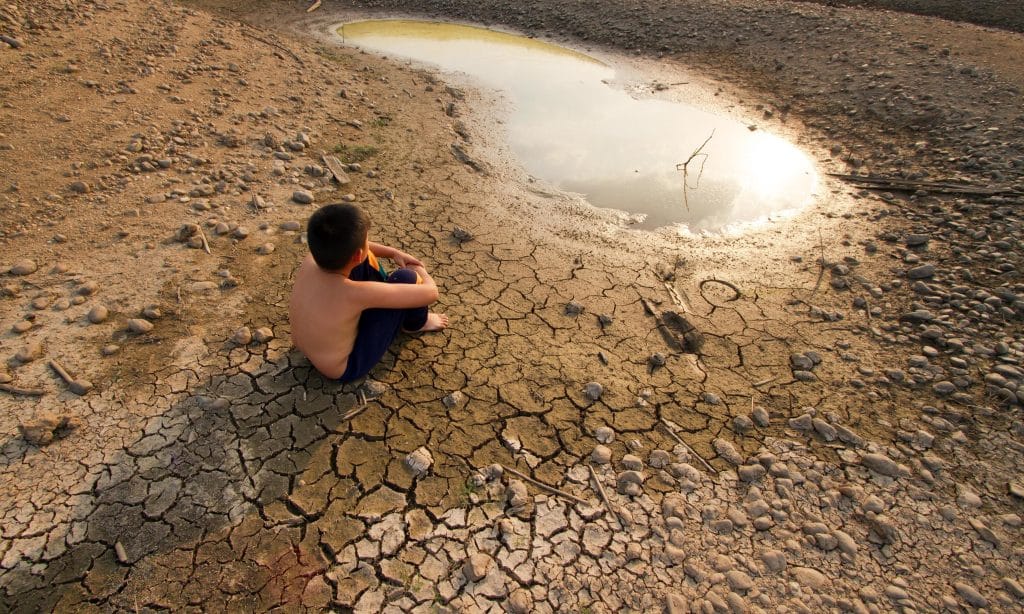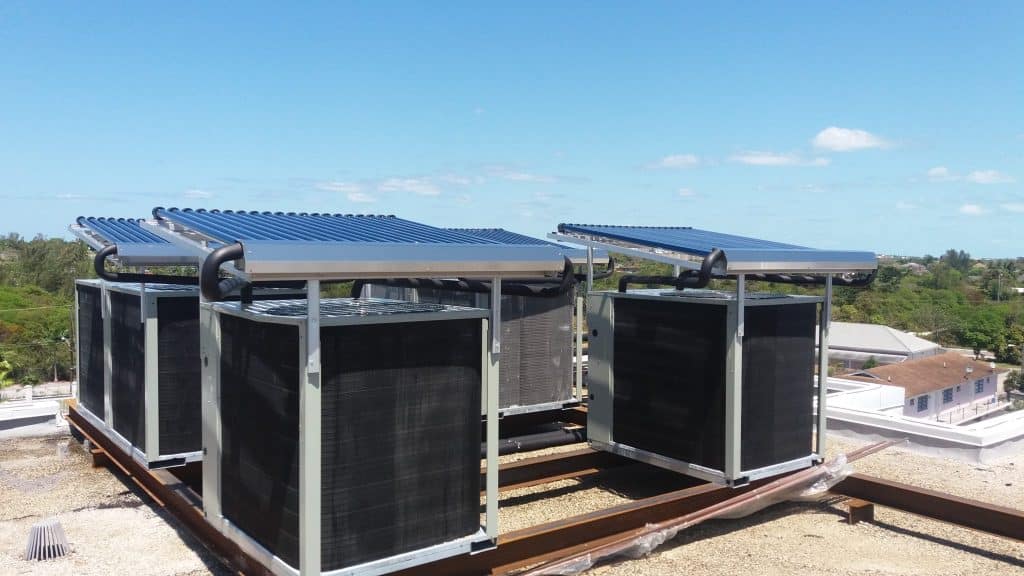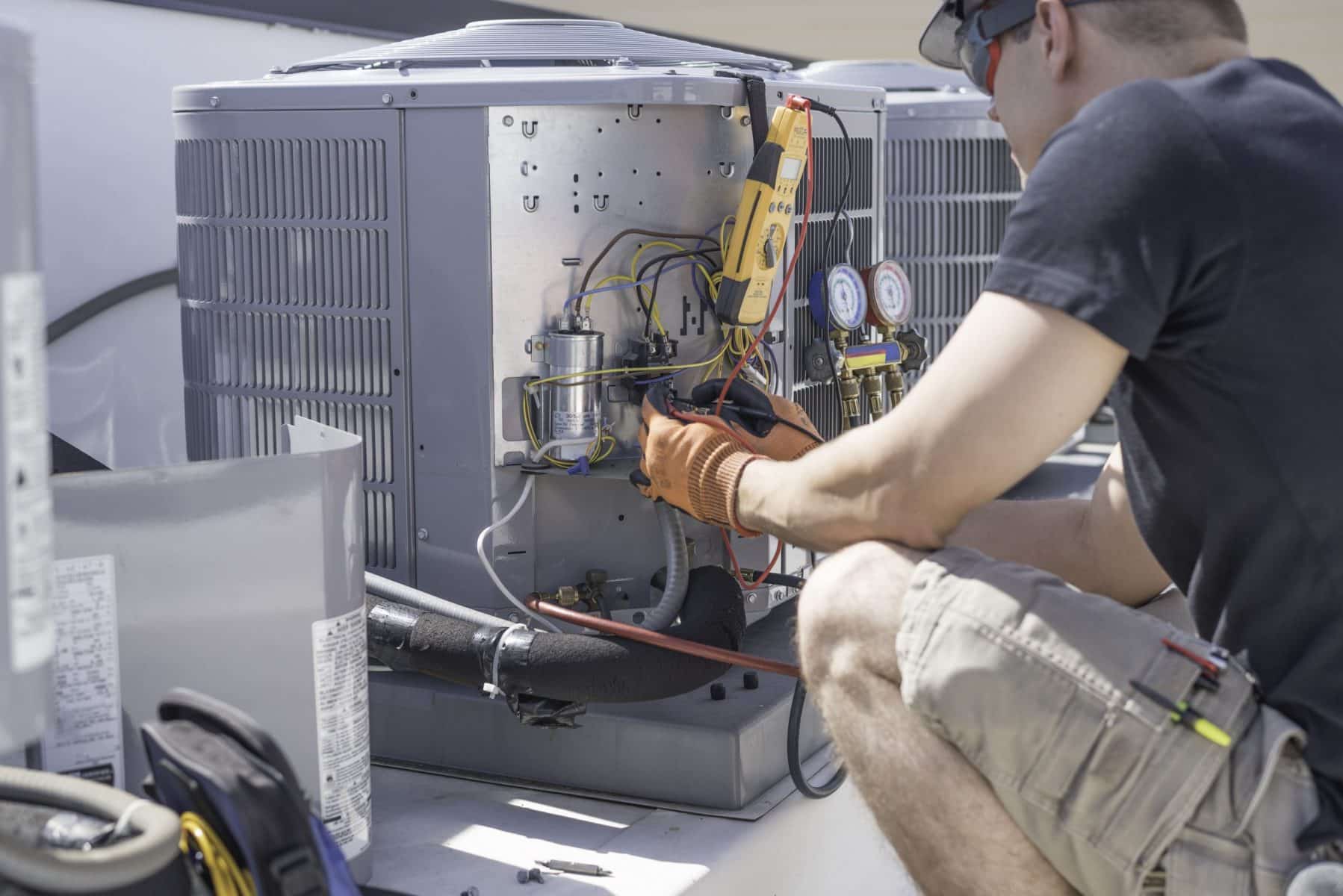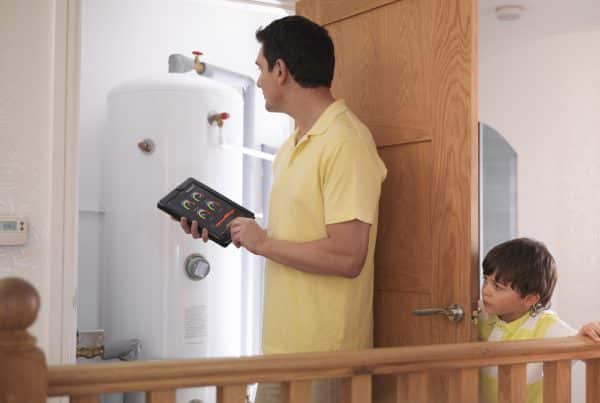The evolution of Heating, Ventilation, and Air Conditioning (HVAC) technology is a compelling narrative of innovation and adaptation, reflecting humanity’s ongoing quest to create more comfortable, efficient, and sustainable living environments. This journey through the “Climate Control Chronicles” reveals how advancements in HVAC systems have improved personal comfort and significantly impacted energy consumption, environmental sustainability, and even architectural design.
For a deeper dive into the intricacies of HVAC technology and to stay abreast of the latest trends and innovations, one can explore ThatHVACGuy’s website and other reputable online resources, which serve as a comprehensive resource for both novices and professionals in the field.
But before that, read on to learn about navigating the evolution of HVAC technology.
The Dawn of Climate Control

This innovation enhanced the thermal comfort of Roman baths and villas. Also, it represented a significant leap in architectural and engineering techniques, laying the foundational principles of thermal regulation that continue to influence modern HVAC technologies.
The Industrial Revolution and Beyond
The Industrial Revolution catalyzed monumental changes in HVAC technology, introducing mechanical and electrical innovations that reshaped human interaction with indoor climates. The development of electric fans, steam-based heating systems, and, notably, Willis Carrier’s invention of the first modern air conditioner in 1902, marked the beginning of a new era in climate control.
These advancements were pivotal as they transitioned temperature regulation from passive architectural designs to active mechanical systems, enabling more precise control over indoor environments and significantly impacting residential, commercial, and industrial settings.
The Post-War Boom and Environmental Awareness

However, the energy crises of the 1970s highlighted the unsustainable energy consumption of these systems, sparking a wave of innovation aimed at enhancing energy efficiency. This period saw the introduction of energy-saving measures and regulations, which propelled the HVAC industry towards more sustainable practices and technologies.
The Digital Age and Smart Technology
Integrating digital technologies and the Internet of Things (IoT) into HVAC systems has marked a revolutionary shift towards “smart” climate control solutions. Modern systems now feature smart thermostats, sensors, and automated controls that can adapt to user preferences and environmental conditions and even predict maintenance needs. These technologies offer a level of efficiency and user engagement previously unattainable, allowing for real-time adjustments, energy savings, and improved indoor air quality.
The digital transformation of HVAC systems enhances comfort and convenience and aligns with broader energy conservation and environmental sustainability goals.
Renewable Energy and HVAC Integration

This shift towards renewable energy sources in HVAC design and operation reflects a broader commitment to environmental stewardship and a sustainable future, aligning with global efforts to combat climate change and reduce humanity’s carbon footprint.
The Future of HVAC: Innovations on the Horizon
The future of HVAC technology holds promising innovations that further enhance efficiency, sustainability, and user-friendliness. Advancements in materials science, such as the development of phase-change materials for thermal storage and breakthroughs in nanotechnology for improved insulation, are set to redefine the capabilities of HVAC systems.
Moreover, integrating artificial intelligence and machine learning algorithms offers the potential for predictive maintenance and even more personalized climate control solutions.
Takeaway
The chronicles of HVAC technology’s evolution are a testament to human ingenuity and the relentless pursuit of improvement. From ancient heating methods to cutting-edge smart systems, each advancement reflects a deeper understanding of the intricate balance between comfort, efficiency, and environmental stewardship. As people look to the future, the ongoing innovation in HVAC technology promises enhanced personal comfort and a sustainable pathway for global climate control strategies.








